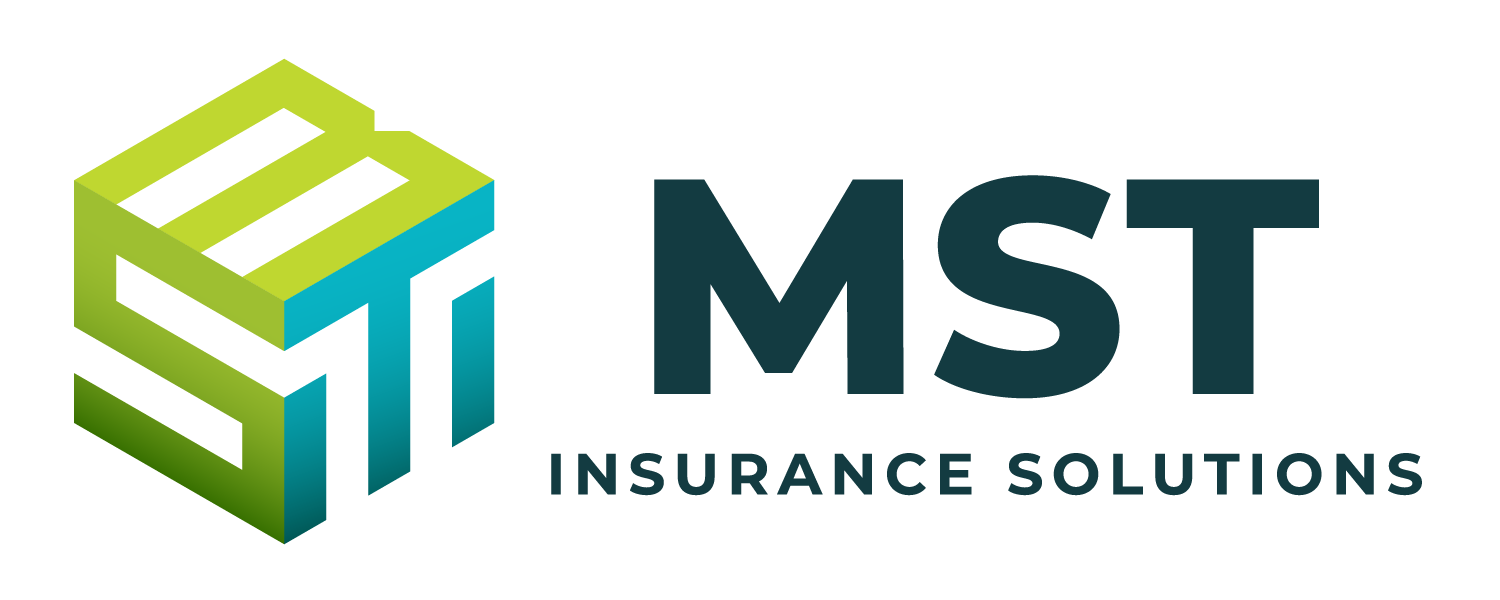Employers with 100 or more employees and certain federal contractors are required to file an EEO-1 Report annually with the U.S. Equal Employment Opportunity Commission (EEOC). Federally mandated under Title VII of the Civil Rights Act, this survey collects workforce data categorized by race, ethnicity, sex and job category. EEO-1 Reports are typically due by March 31 each year. However, for 2022 EEO-1 Reports (due in 2023), the EEOC has recently announced that the portal for employers to submit 2022 EEO-1 Reports will open Oct. 31, 2023, and the deadline for submission has been extended to Dec. 5, 2023. The EEOC had previously extended the portal’s opening date twice before making the most recent announcement.
In addition to altering the deadline for EEO-1 submissions, the EEOC has also made significant changes to the EEO-1 Report. According to the EEOC, these changes have been made as part of ongoing modernization efforts and in response to feedback from previous filers. This article highlights the most significant changes to EEO-1 reporting and provides guidance for how employers can prepare.
Changes to EEO-1 Reporting
The EEOC recently published a new instruction booklet for the 2022 data collection period. Employers can review this booklet for instructions on how to file EEO-1 Reports and for more information on the changes that have been made to 2022 EEO-1 reporting. The following are significant changes to EEO-1 reporting for the 2022 submission year:
Naming conventions—In the new EEO-1 Report, the EEOC has replaced the different types of non-headquarters establishment reports based on the number of employees at an establishment with a single Establishment-Level Report. The names referring to different types of employer reports have also been altered:
Type 1 is now called the Single-establishment Employer Report.
Type 2 is now called the Consolidated Report.
Type 3 is now called the Headquarters Report.
Types 4, 6 and 8 are now called the Establishment-level Report.
There is no Type 7 Report.
Remote employees—Consistent with the informal guidance previously published by the EEOC, remote employees should be included in the establishment they report to or the establishment their manager reports to, if they don’t report to an establishment. If employers operate entirely remotely, they should report the address where the organization is legally registered. Remote employees’ home addresses should never be used.
Nonbinary employees—Reporting nonbinary employees outside the male/female chart is not required. However, employers who wish to report nonbinary employees can do so in the comments section of the applicable establishment report.
IDs for federal contractors—Since the U.S. government no longer uses Data Universal Numbering System numbers to identify federal contractors, these numbers have been eliminated from the EEO-1 Report. For 2022 EEO-1 reporting, federal contractors must use the Unique Identity ID created at www.sam.gov. Crucially, the EEOC booklet says any company is considered a federal contractor if any of the employers’ establishments is a contractor. This is a variation from the Office of Federal Contract Compliance Programs’ stated position about the use of the single entity test to determine when affiliated entities are covered contractors.
Foreign-based employers—Companies based outside of the United States must file an EEO-1 Report if they meet the filing thresholds for U.S.-based establishments. According to the instruction booklet, foreign-based employers can use one of their U.S. establishments as headquarters for the purpose of filing. Otherwise, each U.S. establishment should file a separate EEO-1 Report.
North American Industry Classification System (NAICS) codes—Employers must use appropriate NAICS codes for each establishment. These codes are updated every five years. Employers should use the most recent 2022 codes for this year’s EEO-1 Report.
Mergers, acquisitions and spinoffs—Requirements for corporate changes have been updated for 2022 reporting. If a merger, acquisition or spinoff occurs after the reporting period, the new entity is typically responsible for reporting the data if the establishment meets filing eligibility requirements. The EEOC urges companies that experience corporate change during the reporting period to carefully review this section of the instruction booklet to ensure compliance.
The EEOC has announced additional changes that will impact the EEO-1 Report for 2023 data in 2024. Beginning next year, employers will no longer be able to choose a snapshot date that would eliminate the obligation to report. Also, employers will be required to report employees who are assigned to client sites at the client’s physical address. Currently, employers can report these employees at either the client’s address or the employer establishment where they’re assigned.
Preparing for EEO-1 Reporting
Careful planning for EEO-1 reporting can reduce the risk of mistakes and confusion when the EEOC portal opens on Oct. 31, 2023. Employers can prepare for EEO-1 submissions with the following steps:
Determine if EEO-1 reporting is required.
Understand which reports must be completed (e.g., single-establishment or multi-establishment reports).
Review the EEOC’s instruction booklet for compliance.
Consult the U.S. Department of Labor’s resource for frequently asked questions.
Choose a pay period from October through December to complete the report.
Ensure self-identification forms are available for all employees during the selected pay period.
Complete the EEO-1 Report by the updated deadline (Dec. 5, 2023).
Keep a record of data used for the EEO-1 Report for at least a year after submitting the report.
Conclusion
Employers should stay current on updates from the EEOC regarding filing requirements and deadlines for the EEO-1 Report. Submitting an incorrect or incomplete report could result in a court order compelling employers to complete the forms. Further failures to accurately complete the EEO-1 Report could cause employers to be held in contempt. It may also result in the termination of federal contracts for contractors. By reviewing the EEOC’s recently published instruction booklet, employers can help ensure compliance with significant new changes to EEO-1 reporting.
Contact us today for more workplace resources.
For a copy of this notice, click here: Understanding the Significant Changes to the EEOC’s EEO-1 Report_

